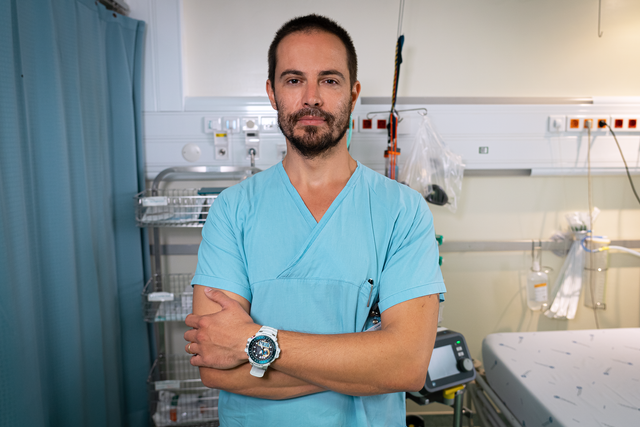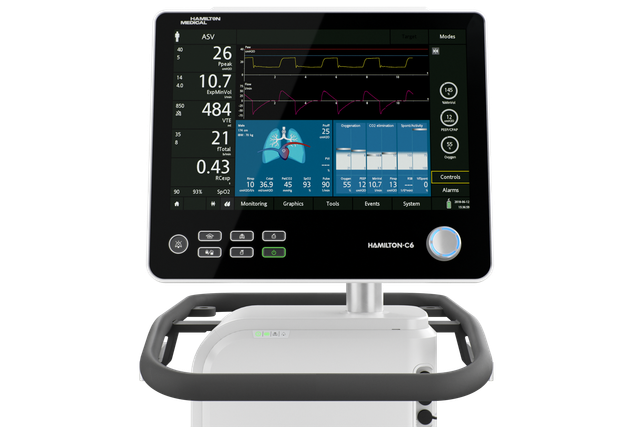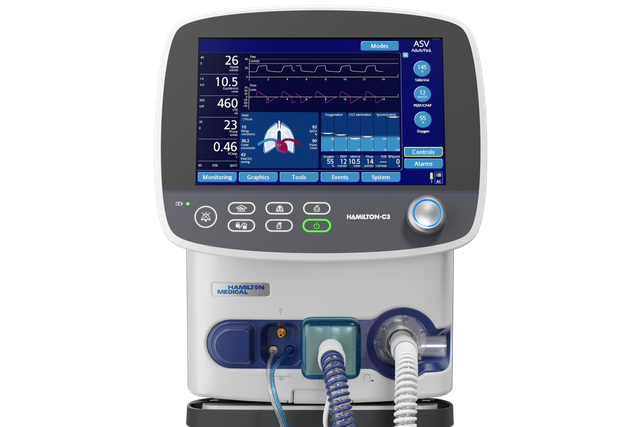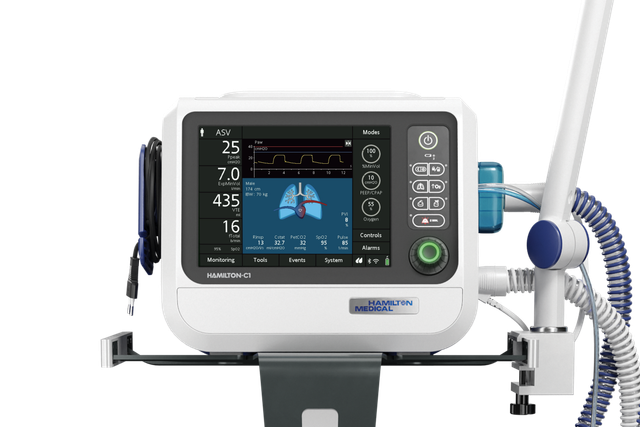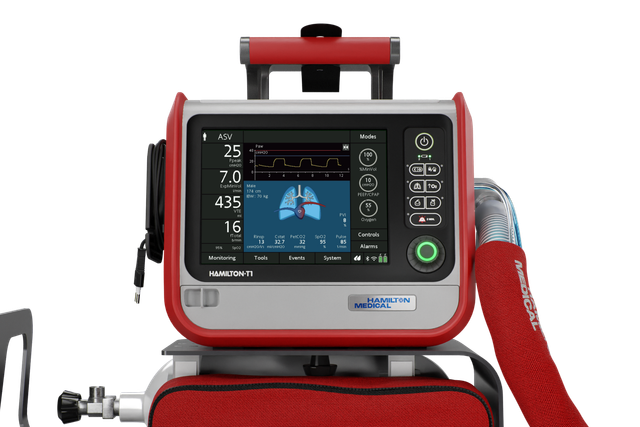
Un passo oltre: il valore di INTELLiVENT‑ASV
La nostra modalità di ventilazione intelligente permette di ridurre il tempo perso a girare manopole, trasformando l'operatore in un supervisore. INTELLiVENT‑ASV riduce il numero di interazioni manuali con il ventilatore (
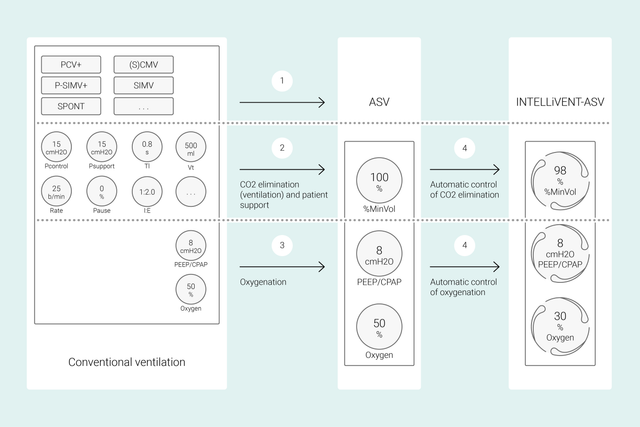
Che differenza c'è? Un cambio di paradigma
Con le modalità convenzionali, l'operatore imposta i diversi comandi del ventilatore, come volume corrente o pressione, frequenza respiratoria, FiO2, PEEP e tempi espiratorio e inspiratorio, per ottenere determinati obiettivi clinici. Le impostazioni di tutti questi comandi devono inoltre essere rivalutate e regolate di frequente.
Con INTELLiVENT‑ASV, il lavoro è invece incentrato sugli obiettivi clinici e sulle strategie di ossigenazione e ventilazione definite dall'operatore. Dopo aver inserito questi obiettivi, è possibile decidere in che misura INTELLiVENT‑ASV deve controllare ossigenazione e ventilazione per raggiungerli.
INTELLiVENT‑ASV seleziona quindi automaticamente le impostazioni del ventilatore, gestisce la transizione fra stati passivi e attivi e supporta attivamente i protocolli di svezzamento stabiliti grazie alla funzione di Svezzamento veloce.
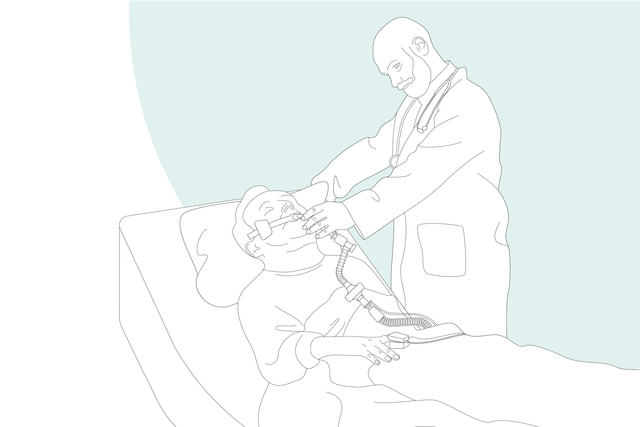
È adatta ai miei pazienti? Per pazienti intubati adulti e pediatrici
Diversi studi internazionali hanno dimostrato la sicurezza e le prestazioni di INTELLiVENT‑ASV in svariate situazioni cliniche, dalla fase postoperatoria degli interventi cardiochirurgici (
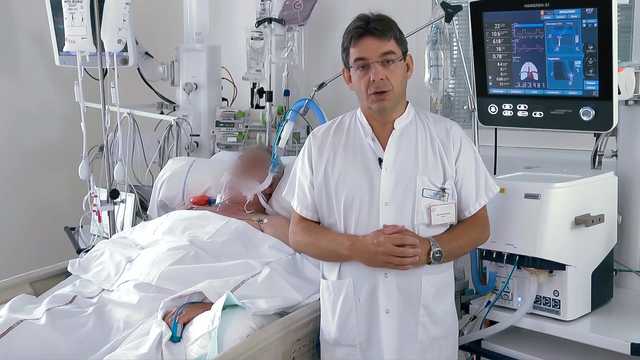
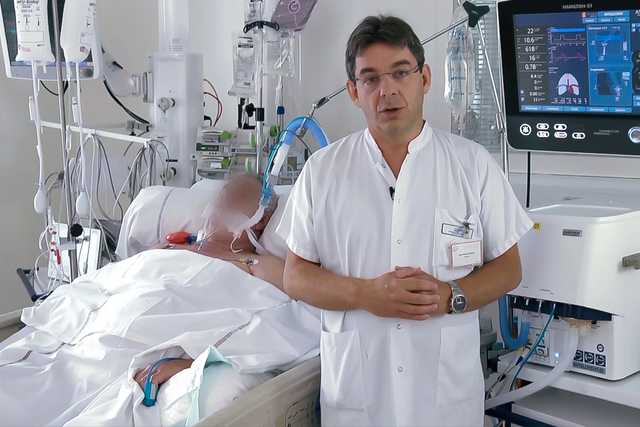
Come funziona? INTELLiVENT‑ASV spiegata al posto letto
In questo video, il Dr. Jean‑Michel Arnal, intensivista esperto, fornisce una rapida dimostrazione delle principali funzioni e impostazioni di INTELLiVENT‑ASV utilizzate su un paziente reale ricoverato in terapia intensiva.
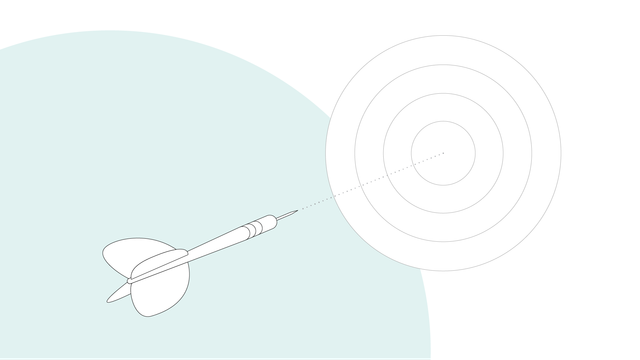
Pronti, puntare, ventilazione: primi passi
Per prima cosa, si impostano altezza, sesso e, se necessario, eventuali condizioni specifiche del paziente: ARDS, ipercapnia cronica o danno cerebrale. Si impostano quindi gli obiettivi clinici per il paziente in termini di ossigenazione (SpO2) ed eliminazione della CO2 (PetCO2).
nbsp;
Sono inoltre disponibili diverse opzioni per la regolazione di precisione di INTELLiVENT‑ASV. Per esempio, si può scegliere di impostare la PEEP manualmente o di farla impostare a INTELLiVENT‑ASV rispettando i limiti di un intervallo definito dall'operatore. Dopo aver controllato o impostato i limiti di allarme, si può iniziare la ventilazione.

Tenere il paziente nella zona giusta: come regolare la ventilazione
INTELLiVENT‑ASV mette in pratica la vostra strategia restando al posto letto. Invece di dover modificare di frequente le singole impostazioni, dovrete monitorare e regolare i valori target solo quando è necessario.
nbsp;
INTELLiVENT‑ASV cerca di portare il paziente all'interno dell'intervallo target definito dall'operatore e di mantenerlo entro i valori impostati, applicando sempre una ventilazione con protezione polmonare (
Questi dati vengono misurati da tre sensori: il sensore di flusso prossimale fornisce i dati sulla meccanica polmonare e l'attività del paziente, mentre i sensori di SpO2 e CO2 raccolgono dati sull'ossigenazione e sull'eliminazione della CO2.
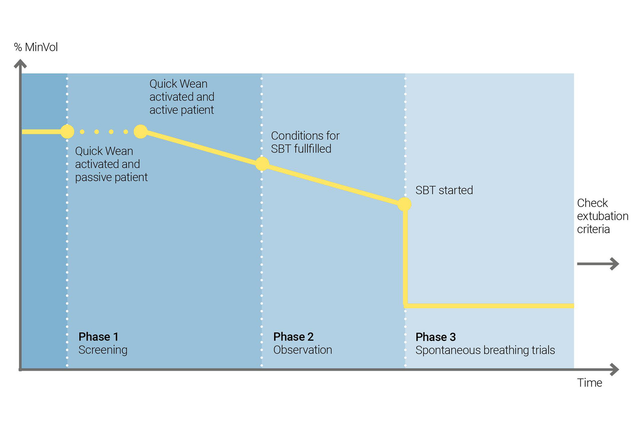
È ora di alzarsi! Come svezzare i pazienti
È possibile utilizzare la funzione di Svezzamento veloce di INTELLiVENT‑ASV per mettere in pratica il vostro protocollo di svezzamento. Quando il paziente respira spontaneamente, si può abilitare la funzione di Svezzamento Veloce durante la ventilazione.
È quindi possibile configurare lo Svezzamento Veloce consentendo gli SBT per valutare se il paziente sia pronto al distacco dal ventilatore. l'operatore modifica i criteri di avvio degli SBT, le impostazioni da usare durante gli SBT e i criteri in base a cui interromperli.
INTELLiVENT‑ASV visualizza sempre la cronologia di tutti gli SBT eseguiti. Se un SBT ha esito negativo, INTELLiVENT‑ASV torna ad applicare le impostazioni di ventilazione precedenti.
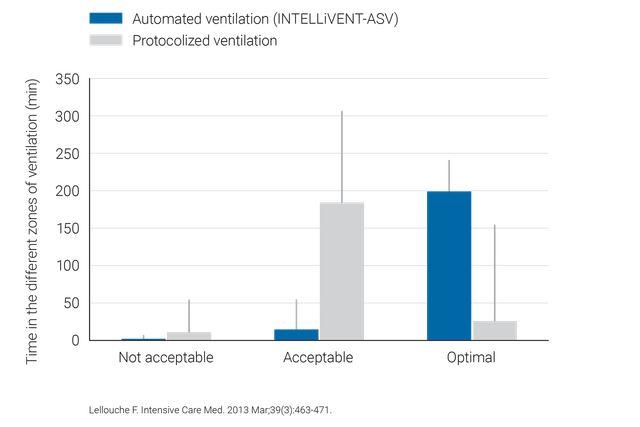
Quali sono i vantaggi? Uno sguardo alle prove
Alcuni studi clinici hanno dimostrato che INTELLiVENT‑ASV sceglie una pressione di lavoro sicura (
INTELLiVENT‑ASV richiede un minor numero di regolazioni manuali rispetto alla ventilazione convenzionale, pertanto agevola la riduzione del carico di lavoro del personale sanitario (

Buono a sapersi! Risorse per la formazione su INTELLiVENT‑ASV
Disponibilità
INTELLiVENT‑ASV è disponibile come opzione sui ventilatori HAMILTON‑C6, HAMILTON‑G5, HAMILTON‑C3, HAMILTON‑C1 e HAMILTON‑T1; è invece una funzione standard su HAMILTON‑S1.
Bibliografia
- 1. Beijers AJ, Roos AN, Bindels AJ. Fully automated closed‑loop ventilation is safe and effective in post‑cardiac surgery patients. Intensive Care Med. 2014;40(5):752‑753. doi:10.1007/s00134‑014‑3234‑7
- 2. Bialais E, Wittebole X, Vignaux L, et al. Closed‑loop ventilation mode (IntelliVent®‑ASV) in intensive care unit: a randomized trial. Minerva Anestesiol. 2016;82(6):657‑668.
- 3. Fot EV, Izotova NN, Yudina AS, Smetkin AA, Kuzkov VV, Kirov MY. Automated Weaning from Mechanical Ventilation after Off‑Pump Coronary Artery Bypass Grafting. Front Med (Lausanne). 2017;4:31. Published 2017 Mar 21. doi:10.3389/fmed.2017.00031
- 4. Arnal JM, Saoli M, Garnero A. Airway and transpulmonary driving pressures and mechanical powers selected by INTELLiVENT‑ASV in passive, mechanically ventilated ICU patients. Heart Lung. 2020;49(4):427‑434. doi:10.1016/j.hrtlng.2019.11.001
- 5. Wendel Garcia PD, Hofmaenner DA, Brugger SD, et al. Closed‑Loop Versus Conventional Mechanical Ventilation in COVID‑19 ARDS. J Intensive Care Med. 2021;36(10):1184‑1193. doi:10.1177/08850666211024139
- 6. Sulemanji DS, Marchese A, Wysocki M, Kacmarek RM. Adaptive support ventilation with and without end‑tidal CO2 closed loop control versus conventional ventilation. Intensive Care Med. 2013;39(4):703‑710. doi:10.1007/s00134‑012‑2742‑6
- 7. Lellouche F, Bouchard PA, Simard S, L'Her E, Wysocki M. Evaluation of fully automated ventilation: a randomized controlled study in post‑cardiac surgery patients. Intensive Care Med. 2013;39(3):463‑471. doi:10.1007/s00134‑012‑2799‑2




